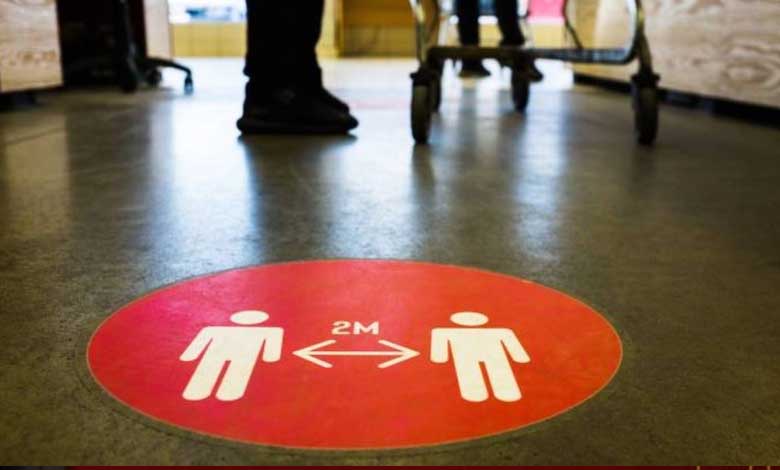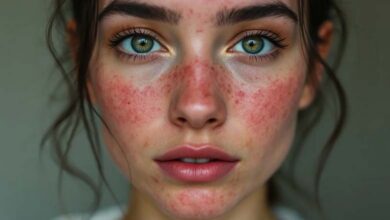Scientists report warn 2-metre distance rule may not be far enough

A recent study warned that a two-meter distance between people is not enough to prevent the novel coronavirus from close quarters.
Despite public health guidelines to commit to social distancing and leaving two metre between people to prevent COVID-19, researchers say that distance alone is not enough to prevent the spread of the virus.
Researchers from Canada and the United States found that the two-meter interpersonal guideline is not enough to prevent the spread of COVID-19 in closed spaces without wearing masks, the Asian News Agency said in a report published Thursday.
The study, the results of which were published in the journal Building and Environment, indicated that the wearing of masks in enclosed spaces could reduce air pollution by airborne virus particles by about 67%.
“Wearing masks and good ventilation are very important to curb the spread of the most infectious strains of coronavirus, especially during the flu season and the winter months when people usually stay indoors,” said Dr. Saad Akhtar, a researcher in the study.
In this study, researchers found that when people do not wear masks, more than 70% of airborne particles exceed 2 m in just 30 seconds, but that, by contrast, less than 1% of particles pass the 2 metre if the mask is worn.
The agency added: “Based on models used by scientists to study the flow of liquids and gases, the team from McGill, Sherbrook, Texas, and North Illinois developed a computer program to accurately simulate cough dynamics in enclosed spaces. The researchers found that ventilation, a person’s position and masking significantly affect the size of particle propagation in the air.”
‘’Coughing is one of the main sources of the spread of airborne viruses among individuals showing symptoms’’, it said.
Akhtar said: “This study enhances understanding of how infectious particles spread from the source to the people around it, and can help policy makers and governments make informed decisions about the guidelines on masking and indoor spacing.”












